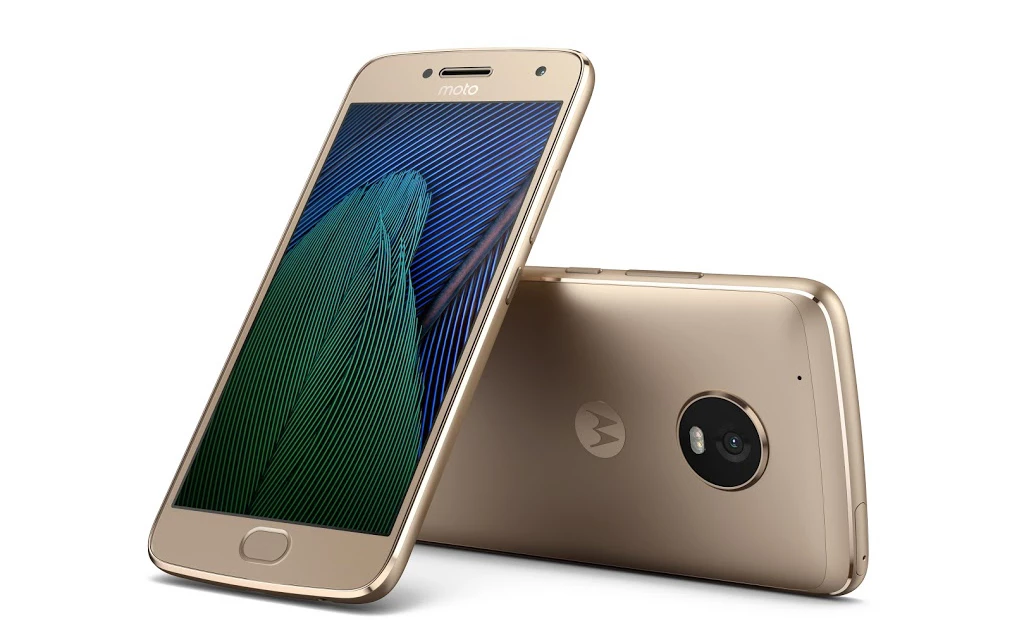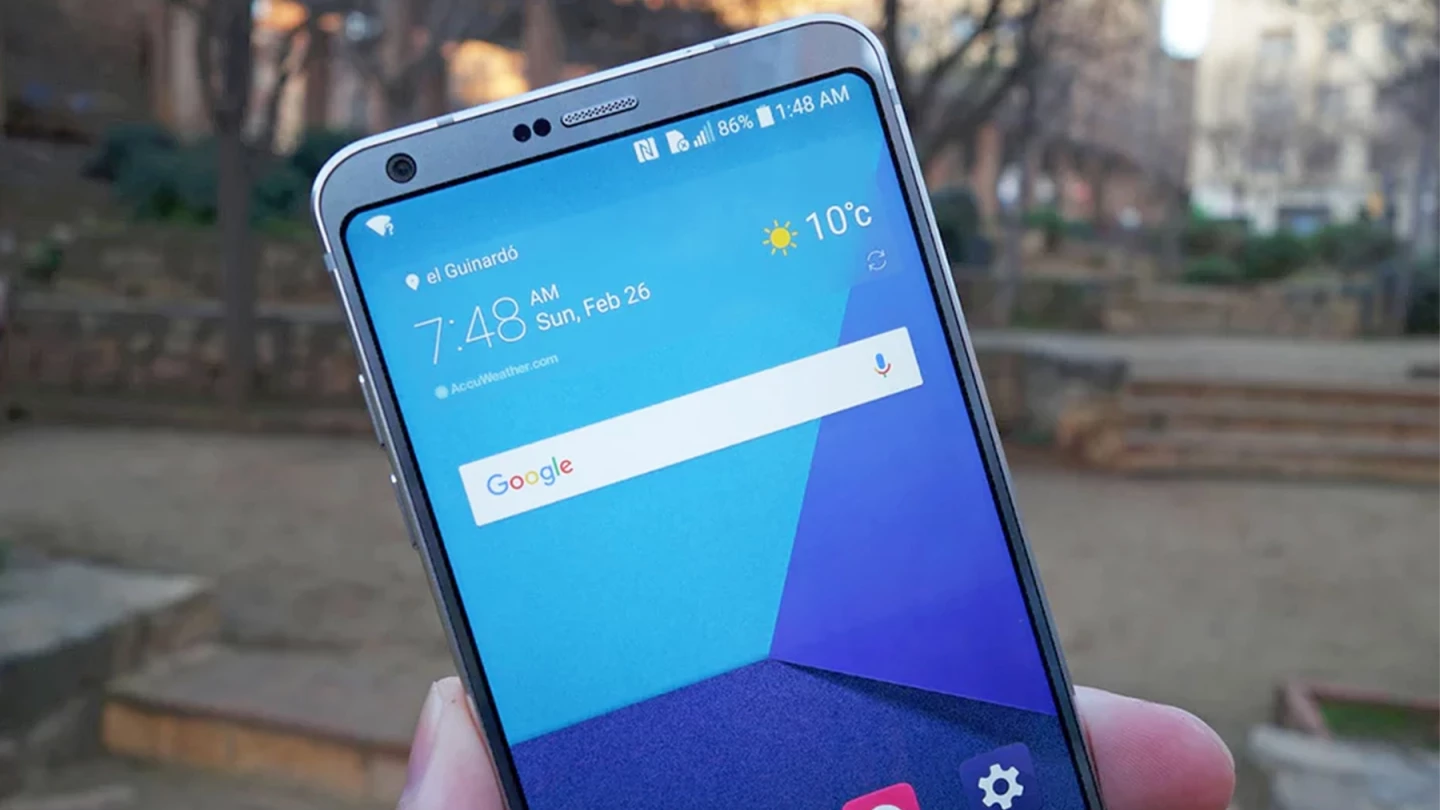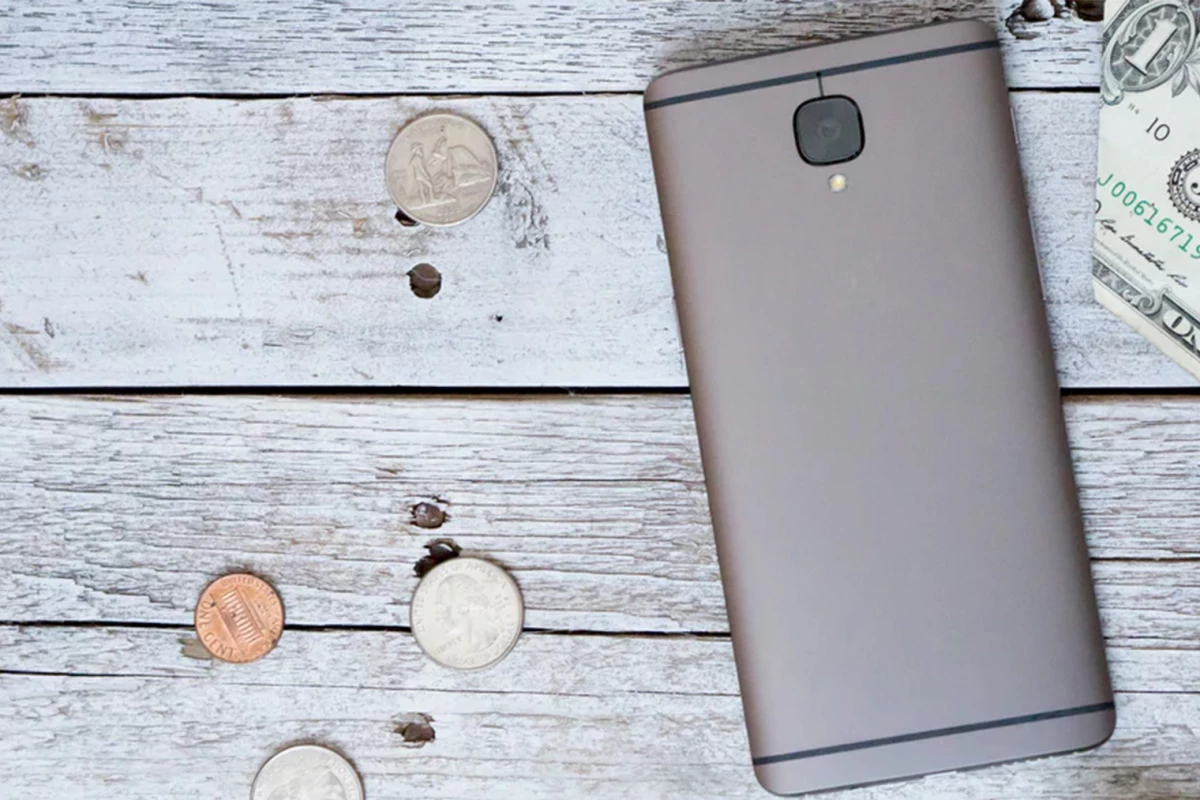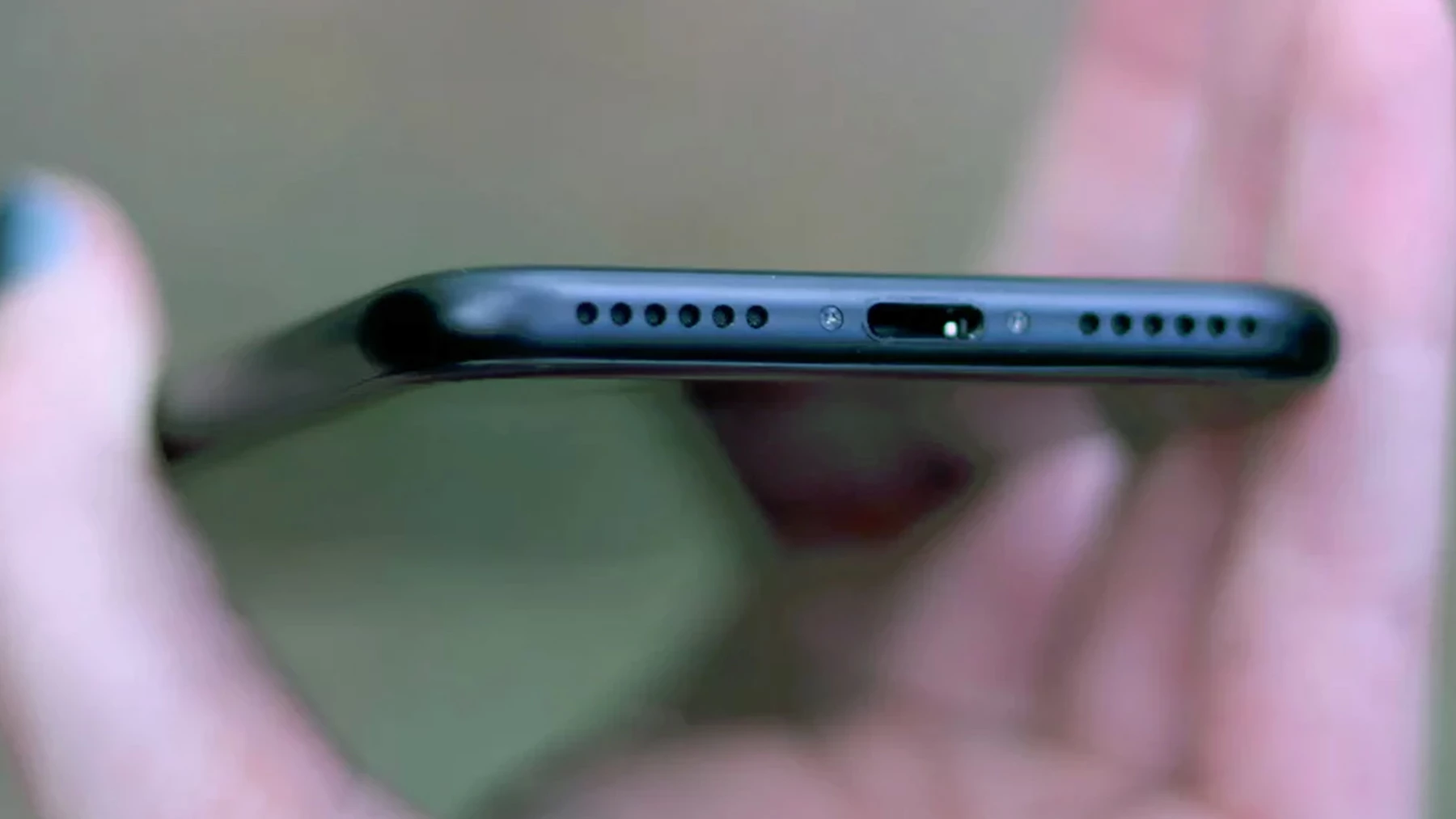Premium smartphone flagships cost as much as 2-3 times more than their mid-ranged counterparts. In today's market, the advantages of a more expensive phone are less distinct than ever. Here's why even buyers that appreciate high-end builds and a buttery smooth software experience should think twice before paying top dollar for the latest and greatest.
First of all, it used to be that more affordable phones ran disastrously bloated and buggy versions of Android, or had noticeably insufficient hardware. Now that we're nearly a decade into the touchscreen smartphone era, lower-shelf devices have had time to catch up. Budget-minded phones have steadily improved over the years; some of them are downright impressive.
These "flagship killer" efforts have been led by companies like the ambitious Chinese startup OnePlus, but they've also trickled down to more run-of-the-mill makers. We consider the OnePlus 3T one of the best current values on the smartphone market, and starting at US$439, it's $200-$300 less than its top-shelf competitors. Yet it boasts a slew of both on-trend and techie-pleasing specs and features, such as a large 5.5-inch display, high-quality camera, great performance, attractive aluminum build and a near-stock version of Android Nougat.
We're also impressed with recently unveiled Moto G5 Plus and the previous generation G4 and G4 Plus. The Moto G5 Plus goes on sale this month starting at a mere $229 and its specs indicate a commitment to value. It boasts an aluminum backing (but plastic edges), fingerprint sensor, generous battery, Android Nougat, a worthy camera and solid internals.

The iPhone SE is another compelling example of a more affordable phone. It has a starting retail price of $339, making it Apple's lowest priced phone ever. It achieves incremental upgrades over older iPhones with mostly previous-generation specs. It also makes a concession to buyers that don't prioritize newer flourishes: It retains a smaller form factor (downright tiny by today's standards) despite an upward size trend.
Nowadays, premium smartphones like the Galaxy S7 edge ($790), iPhone 7 Plus ($769) and Google Pixel XL ($769) offer improvements over lower-tier devices that are arguably not so game-changing. Many of those so-called "improvements" are debatable, and introduce some less-than-user friendly problems.

For example, nearly bezel-less displays are poised to become one of the biggest smartphone trends of the year. The hotly anticipated Samsung Galaxy S8 series is expected to have an edge-to-edge display, as is the further-off 10th anniversary iPhone. The LG G6 (above) will have the first one on the market. But going bezel-free might mean a more breakable display than one rimmed with sturdy aluminum. While it has the practical advantage of giving you a bigger screen on a smaller device, it otherwise represents an aesthetic advantage – an expensive one all but lost once the phone is placed in a sufficiently protective case.
Heavily marketed hardware additions can also be underwhelming in practice. We found the iris scanner on the ill-fated Note 7 to be slow, inconvenient and a little strange. But even low key details on high-end builds can be finicky: The small glass back panel on the top end of our Google Pixel shattered on the first drop.
Furthermore, the innovations exclusive to high-end smartphones often take a few generations to be truly beneficial to the end user. For instance, the iPhone 7's lack of a headphone jack might eventually pave the way for more streamlined, robust devices, but for now, it mostly sparks inconvenience, and therefore ire.

In another Apple example, the 3D Touch technology introduced with the iPhone 6S was also marketed as an exciting advantage, but it didn't start becoming meaningfully integrated into the operating system until the release of iOS 10 a year later. While we're not about to decry 3D Touch as a mere gimmick, we still don't think it's reached its full potential. And when it does, we'd wager that more smartphone makers will integrate pressure-sensitive displays.
In terms of purchasing psychology, less-expensive phones are also easier to pay for in full up front. That can be intimidating when you're considering a phone with a $700 price point. Paying up front has advantages for keeping your monthly bills low.
Besides the obvious advantage of avoiding another monthly payment, cellular carriers can use payment plans as a way to keep you tethered to the network. Monthly payment plans keep you connected to your carrier, even if you aren't locked into a contract. That means you won't have the freedom to switch carriers, which are offering increasingly competitive rates and perks like recently reintroduced unlimited data plans.
Smartphones also tend to have a fairly short lifespan. In most circumstances, they don't last more than two or three years. Even a very doable $200 savings, stretched over two years, is enough to cover Spotify or another app subscription. Lots of smartphone content requires a subscription plan, so it's worth considering the monthly costs of content when deciding how much to pay for the phone itself.
While there's always some éclat and pleasure associated with nabbing a high-end product, the former chasm between mid-ranged and premium phones has narrowed to a fairly small gap.
If you're looking for some worthy affordable picks, you could start by considering the OnePlus 3 or 3T, the upcoming Moto G5 Plus, or, to a lesser degree, the iPhone SE.






